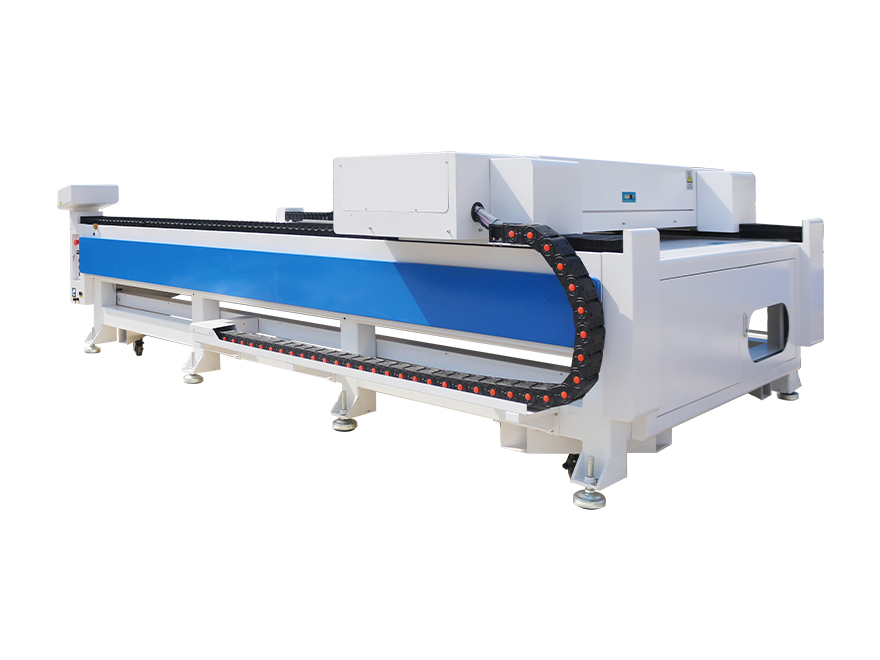Which Lasers Are the Best for Laser Cutters?
Introduction
Laser cutting has become a popular method for precise cutting in various industries. It offers accuracy and speed that traditional cutting techniques can’t match. However, the effectiveness of a laser cutter greatly depends on the type of laser used. In this article, we will discuss some of the best lasers for laser cutters and their applications.
The CO2 Laser
The CO2 laser is one of the most commonly used lasers for laser cutting. It uses a mixture of carbon dioxide, nitrogen, and helium as the laser medium. This type of laser is ideal for cutting non-metallic materials such as wood, acrylic, fabric, and rubber. CO2 lasers are known for their high power and ability to cut through thick materials with ease.
The Fiber Laser
The fiber laser is another popular choice for laser cutting. It uses a solid-state laser medium, usually a doped optical fiber, to generate the laser beam. Fiber lasers are best suited for cutting metallic materials such as stainless steel, aluminum, copper, and brass. They provide a higher precision level and faster cutting speeds compared to CO2 lasers.
The Nd:YAG Laser
The Nd:YAG laser, or neodymium-doped yttrium aluminum garnet laser, is commonly used in the industrial sector. It offers a good balance between cutting non-metallic and metallic materials. Nd:YAG lasers are often used for cutting thin metals, ceramics, plastics, and glass. They are known for their stability, reliability, and long lifespan.
The Excimer Laser
The excimer laser operates in ultraviolet wavelengths and is mainly used for specialized applications. It is commonly used in the electronics and medical industries for cutting delicate materials, such as thin films, stents, and circuit boards. Excimer lasers offer high precision and minimal heat transfer, making them ideal for intricate cutting.
Frequently Asked Questions
Q: Which laser type is the most cost-effective for laser cutting?
A: The cost-effectiveness of a laser depends on the specific application and materials being cut. However, CO2 lasers are generally considered more cost-effective for cutting non-metallic materials, while fiber lasers are more cost-effective for cutting metallic materials.
Q: What are the main factors to consider when choosing a laser for a laser cutter?
A: Some key factors to consider include the type of materials you will be cutting, the thickness of the materials, desired cutting speed, precision requirements, and budget constraints.
Q: Can any laser be used for laser cutting?
A: Not all lasers are suitable for laser cutting. Different lasers have different wavelengths, power levels, and capabilities. It is essential to select a laser that matches the requirements of your specific cutting application.
Q: Can laser cutters be used for engraving as well?
A: Yes, laser cutters can also be used for engraving. By adjusting the laser settings, you can achieve varying depths of engraving on different materials.
Q: Are there any safety considerations when using laser cutters?
A: Yes, laser cutters can pose certain safety risks. It is important to follow proper safety protocols, wear appropriate protective gear, and ensure proper ventilation in the laser cutting area. Additionally, training and regular maintenance of the equipment are important to minimize any potential hazards.





